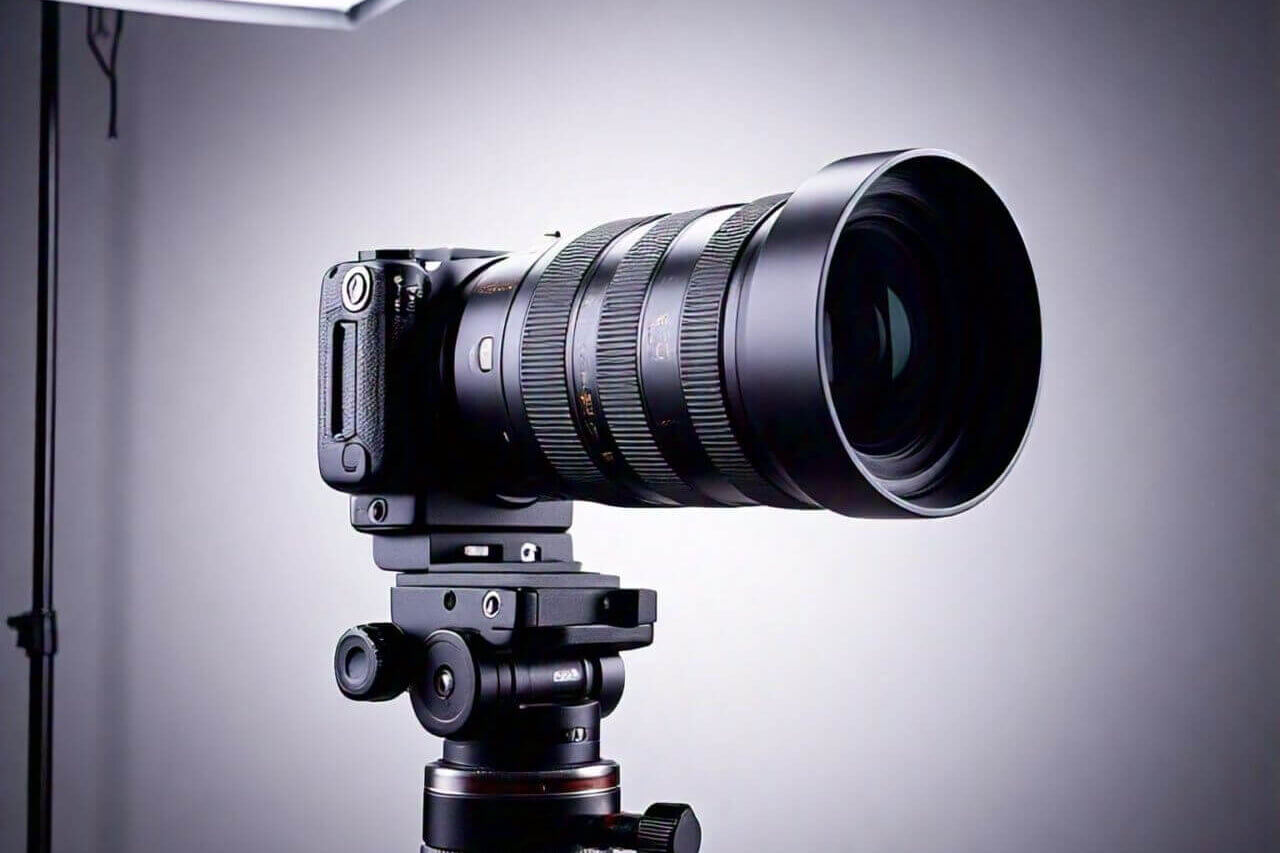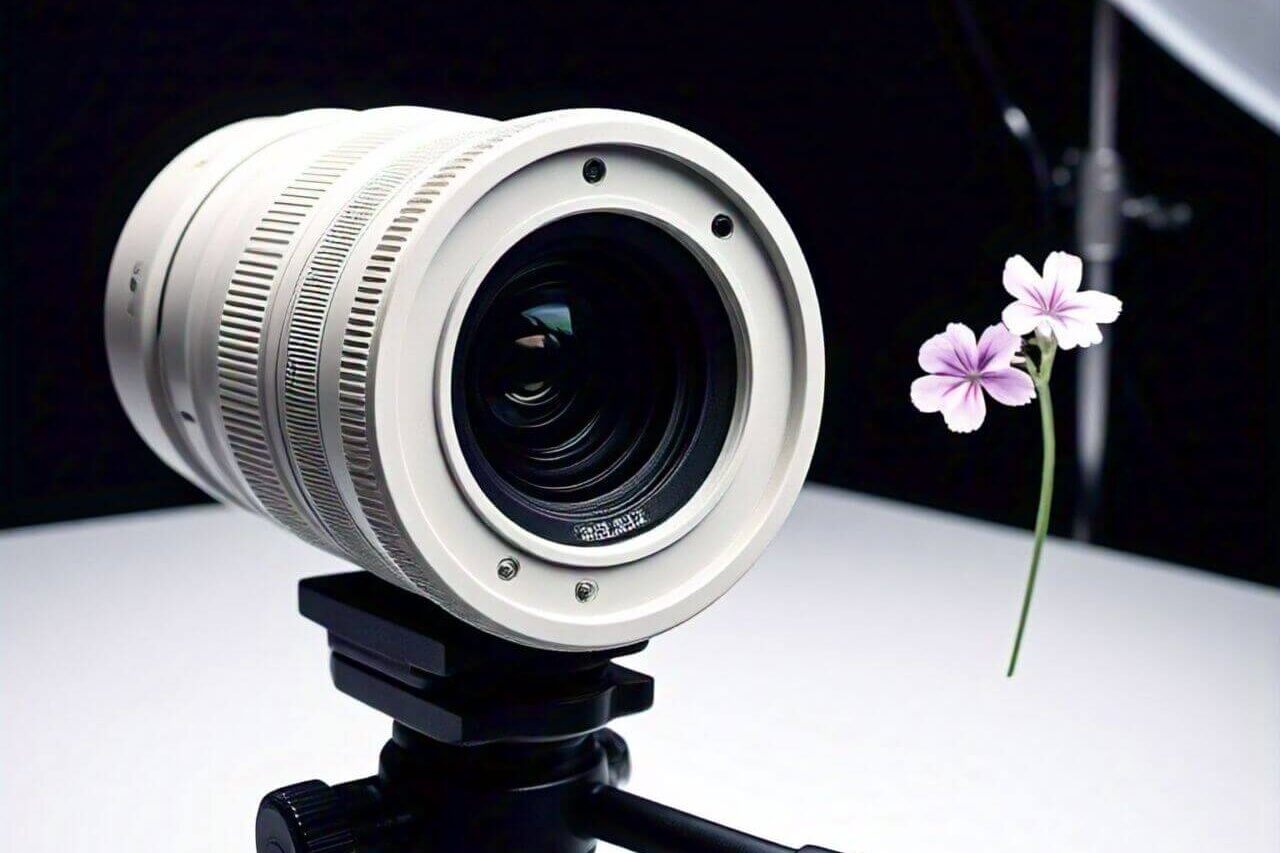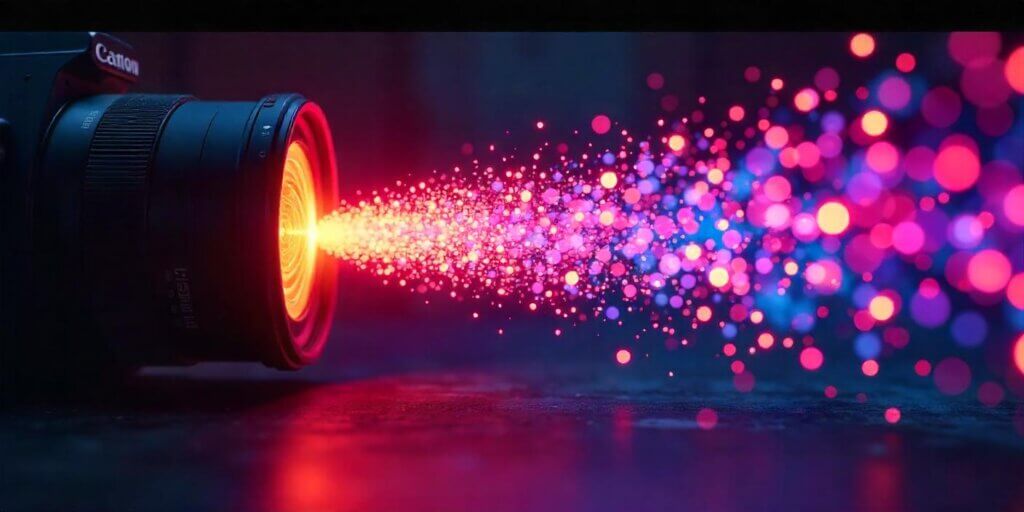Camera Capture Images: Unveiling the Magic Behind Every Shot
Introduction
Have you ever wondered how a camera capture images? It’s a fascinating process that combines optics, electronics, and digital technology. In this blog post, we’ll explore the science behind how cameras work, from the moment light enters the lens to the final image stored on your device.
The Basics of Camera Capture
At its core, a camera capture images by collecting and focusing light onto a light-sensitive surface. This process mimics the way our eyes work, but with some key differences. Let’s break down the main components involved:
- Lens
- Aperture
- Shutter
- Image sensor
- Image processor
Each of these elements plays a crucial role in how a camera capture images, working together to create the photographs we see.
The Role of Lenses
Lenses are the first point of contact between the outside world and your camera. They serve several important functions:
- Focusing light onto the image sensor
- Controlling the amount of light that enters the camera
- Determining the field of view and magnification of the image
Different types of lenses offer various capabilities:
- Wide-angle lenses: Capture a broader scene
- Telephoto lenses: Bring distant subjects closer
- Macro lenses: Allow for extreme close-up photography
The quality of the lens significantly impacts how well a camera capture images. High-quality lenses can produce sharper, more detailed photos with less distortion.

Understanding Camera Sensors
The image sensor is the heart of how a camera capture images. It’s a light-sensitive electronic device that converts light into electrical signals. These signals are then processed to create the digital image.
Key characteristics of camera sensors include:
- Size: Larger sensors generally capture more light and produce better image quality
- Resolution: Measured in megapixels, determines the level of detail in the image
- Sensitivity: Affects the camera’s performance in low-light conditions
From Light to Digital Data
Here’s a step-by-step breakdown of how a camera capture images:
- Light enters through the lens
- The aperture controls the amount of light
- The shutter opens for a specific duration, exposing the sensor to light
- The sensor captures the light and converts it to electrical signals
- These signals are processed and converted into digital data
- The digital data is saved as an image file
This entire process happens in a fraction of a second, allowing us to capture fleeting moments with incredible detail.
Types of Camera Sensors
There are two main types of sensors used in modern digital cameras:
- CCD (Charge-Coupled Device) Sensors
- Known for high-quality images
- Lower noise levels
- Higher power consumption
- CMOS (Complementary Metal-Oxide-Semiconductor) Sensors
- More energy-efficient
- Faster data processing
- Lower manufacturing costs
While CCD sensors were once the gold standard, advancements in CMOS technology have made them the more common choice in today’s cameras.

Image Processing and Storage
After the sensor captures the image, the camera’s processor takes over. It performs several crucial tasks:
- Noise reduction
- Color correction
- Sharpening
- Compression (for JPEG files)
The processed image is then stored on the camera’s memory card or internal storage. The file format can vary, with common options including:
- JPEG: Compressed format, smaller file size
- RAW: Uncompressed, contains all image data captured by the sensor
- TIFF: Lossless format, large file size
Advancements in Camera Technology
The technology behind how a camera capture images is constantly evolving. Some recent advancements include:
- Computational Photography
- Combines multiple exposures for better dynamic range
- Enables features like portrait mode and night photography
- In-body Image Stabilization (IBIS)
- Reduces camera shake for sharper images
- Particularly useful in low-light conditions
- Mirrorless Cameras
- Offer a more compact design compared to DSLRs
- Allow for real-time preview of exposure and other settings
- Artificial Intelligence
- Improves autofocus performance
- Enhances image quality through intelligent processing
These advancements continue to push the boundaries of what’s possible in photography, allowing both professionals and amateurs to capture stunning images with ease.
High Dynamic Range (HDR) Imaging
HDR is a technique that has revolutionized how a camera capture images in challenging lighting conditions. It works by:
- Taking multiple exposures of the same scene
- Combining these exposures to create a single image with a wider range of tones
This process allows cameras to capture details in both the brightest and darkest areas of a scene, resulting in images that more closely resemble what the human eye sees.
Many modern smartphones and digital cameras now offer HDR capabilities, either through built-in hardware or software processing.
The Importance of White Balance
White balance is a crucial aspect of how a camera capture images with accurate colors. It refers to the process of adjusting the colors in an image to make white objects appear truly white, regardless of the lighting conditions.
Different light sources (sunlight, fluorescent lights, incandescent bulbs) have different color temperatures, which can affect the overall color cast of an image. Cameras use white balance to compensate for these differences.

Most cameras offer automatic white balance, but manual settings are also available for more precise control:
- Daylight
- Cloudy
- Shade
- Tungsten
- Fluorescent
- Flash
- Custom
Proper white balance ensures that colors in your photos appear natural and true to life.
know more : Why Do Stars Twinkle
The Role of ISO in Image Capture
ISO is a critical setting that affects how a camera capture images, particularly in low-light situations. It refers to the sensitivity of the camera’s sensor to light.
Key points about ISO:
- Lower ISO values (e.g., 100, 200) are used in bright conditions and produce cleaner images
- Higher ISO values (e.g., 1600, 3200) are used in low light but can introduce noise or grain
- Modern cameras have improved high ISO performance, allowing for better low-light photography
Understanding and controlling ISO is essential for achieving the desired exposure and image quality in various lighting conditions.
Focus Systems in Modern Cameras
The ability to focus accurately is crucial in how a camera capture images. Modern cameras use sophisticated autofocus systems to ensure sharp, clear photos.
Common types of autofocus systems include:
- Phase Detection Autofocus (PDAF)
- Faster and more accurate, especially for moving subjects
- Commonly used in DSLR and mirrorless cameras
- Contrast Detection Autofocus
- More precise but slower
- Often used in compact cameras and smartphones
- Hybrid Autofocus
- Combines phase detection and contrast detection for improved performance
Many cameras also offer advanced features like eye detection and subject tracking, which can greatly improve the focus accuracy in challenging situations.
The Impact of Shutter Speed
Shutter speed plays a significant role in how a camera capture images, affecting both exposure and motion blur. It refers to the length of time the camera’s shutter remains open, allowing light to reach the sensor.
Key points about shutter speed:
- Fast shutter speeds (e.g., 1/1000s) freeze motion and are ideal for action shots
- Slow shutter speeds (e.g., 1/30s or longer) can create motion blur, useful for artistic effects
- Very slow shutter speeds (several seconds or more) are used for night photography and light painting
Understanding how to control shutter speed allows photographers to capture a wide range of effects, from tack-sharp sports photos to dreamy waterfall scenes.
Conclusion
Understanding how a camera capture images is not just about technical knowledge, it’s about appreciating the artistry and science behind every photograph. From the initial light entering the lens to the final processed image, each step in the process plays a crucial role in creating the images we cherish.
Whether you’re using a high-end DSLR or your smartphone camera, the fundamental principles remain the same. By understanding these basics, you can take better control of your photography and capture more compelling images.
We encourage you to experiment with your camera settings and explore the various features available. Remember, the best way to learn is through practice. So grab your camera and start capturing the world around you!
Have you learned something new about how cameras work? Share your thoughts and favorite photography tips in the comments below!
